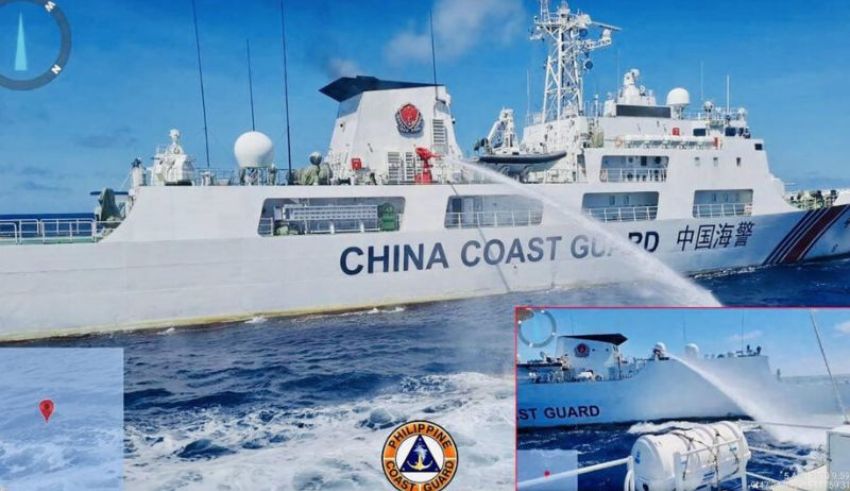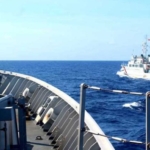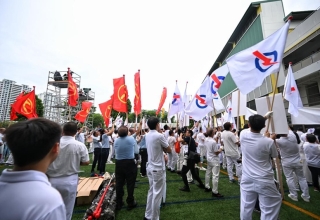
Recent developments have once again brought attention to how tense the South China Sea still is. On August 6, 2023, the Chinese Coast Guard used water cannon at Philippine ships delivering supplies to the Spratly Islands’ Second Thomas Shoal. In retaliation, the Philippines denounced China’s actions as “illegal” and “dangerous,” accusing it of putting lives in danger and breaking international law. The event also sparked worry from the United States, emphasising how it would jeopardise regional peace and stability. This article explores the most recent maritime conflict, the Philippines-China relationship’s historical context, and the effects of the most recent escalation.
China has long-standing disputes with its neighbours over its sweeping claims to practically the entire South China Sea, a vital waterway for international trade worth trillions of dollars yearly. China’s claims were vigorously disputed by the international community, which culminated in a 2016 global court decision finding that China’s claim lacked any legal foundation. Despite this decision, China has continued to pursue its territorial goals, which has resulted in ongoing conflicts with nearby countries.
In the most recent instance, the Philippine Coast Guard was accompanying ships transporting supplies for Filipino military forces stationed at Second Thomas Shoal when it happened. Tensions in the area have increased due to the routine blocking or shadowing of Philippine ships patrolling the disputed waterways by the Chinese Coast Guard and naval warships.
The Philippine Coast Guard sharply condemned the Chinese Coast Guard‘s conduct, highlighting the risk to the PCG crew and supply vessels. The Armed Forces of the Philippines have verified that a routine personnel rotation and resupply operation was hampered by China’s coast guard using water cannon against one of their contracted resupply vessels and blocking another. The Philippine government urged China to exercise caution and avoid making estimates that could result in mishaps and threaten lives.
Keep Reading
In addition to denouncing China’s activities, the United States expressed worry over the participation of the coast guard and the “maritime militia.” In addition to stressing the value of regional peace and stability, the US State Department condemned China for acting aggressively in the disputed waters.
The Philippines has previously struggled to deal with China, its more powerful neighbour. Former President Rodrigo Duterte took a more accommodative stance, attempting to forge stronger connections with Beijing to draw foreign investment. However, there has been a change in strategy ever since President Ferdinand Marcos assumed office in June 2022. In addition to vowing to stand up for the Philippines’ rights in the South China Sea, President Marcos has worked to improve the country’s defence ties with the United States.
The most recent incident in the South China Sea serves as a reminder of the regional tensions still there. International alarm has been raised by China’s persistent defiance of the 2016 judgment of the international court and its aggressive measures against Philippine vessels. It is unclear how this scenario will develop and what future steps will be taken by all parties involved as the Philippines enforces its rights in the contested waters. Given its crucial relevance to global trade and stability, the South China Sea continues to be under close observation by the international community.



























